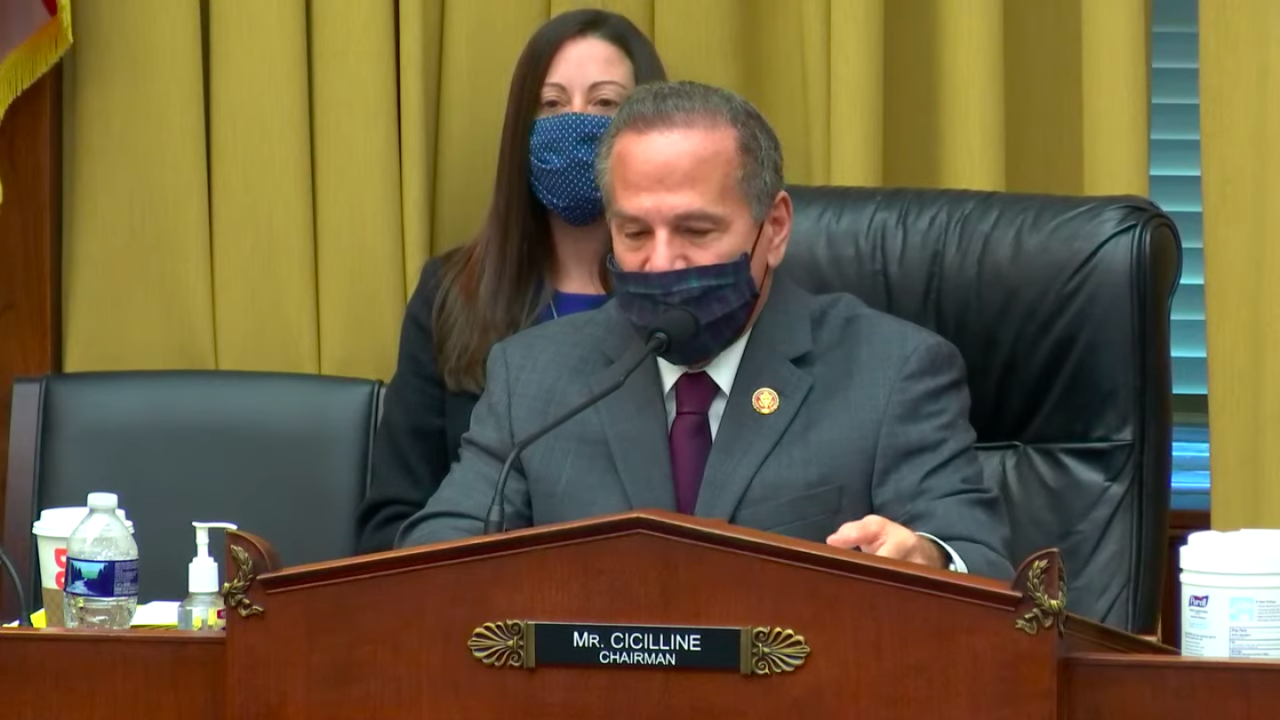
Antitrust Hearing: Mark Missed Again
By: Noah Vehafric
On Thursday, February 25, the House Subcommittee on Antitrust, Commercial, and Administrative Law held a hearing entitled “Reviving Competition, Part 1: Proposals to Address Gatekeeper Power and Lower Barriers to Entry Online”. As the name suggests, it’s the first part of a series of hearings looking at proposals to reform American Antitrust law.
One proposal that was frequently mentioned by members of Congress was whether or not we need to create a new regulator for the tech sector. The witnesses had ranging views from developing an entirely new agency specialized for the tech sector to just creating a small office with an administrative law judge inside an already existing agency. Creating a new digital regulator only opens the door for large corporations and special interests to make it their playground to capture. This is just like we saw with the Interstate Commerce Commission, which Congress abolished in 1996.
Another proposal brought up numerous times was the idea to create structural separations in online businesses; a so called “Glass-Steagall” for the internet as Subcommittee Chairman David Cicilline (D-RI-01) calls it.
These calls for structural separation were based out of concerns of how Amazon and Apple self-preference their products on their own platform – another topic many members touched-on throughout the hearing. Apple and Amazon selling their own products on their own platform is no different than Walmart or Costco selling their generic brands in their stores. Preventing Apple and Amazon from selling their own products on their platforms would be like going to Walmart and telling them to clear their shelves of their generic brand goods.
Regulating tech like this wouldn’t work. Not only did it not work in the finance sector but the goal creating these separations wasn’t to promote competition in markets, but rather to prevent conflicts of interest inside businesses.
Finally, the hearing frequently became a venue for members to air grievances on an assortment of issues from content moderation to social equity, all of which they believe antitrust law somehow must solve. This is exactly the problem courts faced for decades, where they were tasked with perplexing and competing policy goals in trying to determine remedies. This eventually resulted in the creation of the consumer welfare standard. The consumer welfare standards protects innovation while putting consumers first by demanding that consumer harm must be shown in order to deem a practice illegal.
The mark for antitrust law should be protecting consumers, and this hearing missed it.